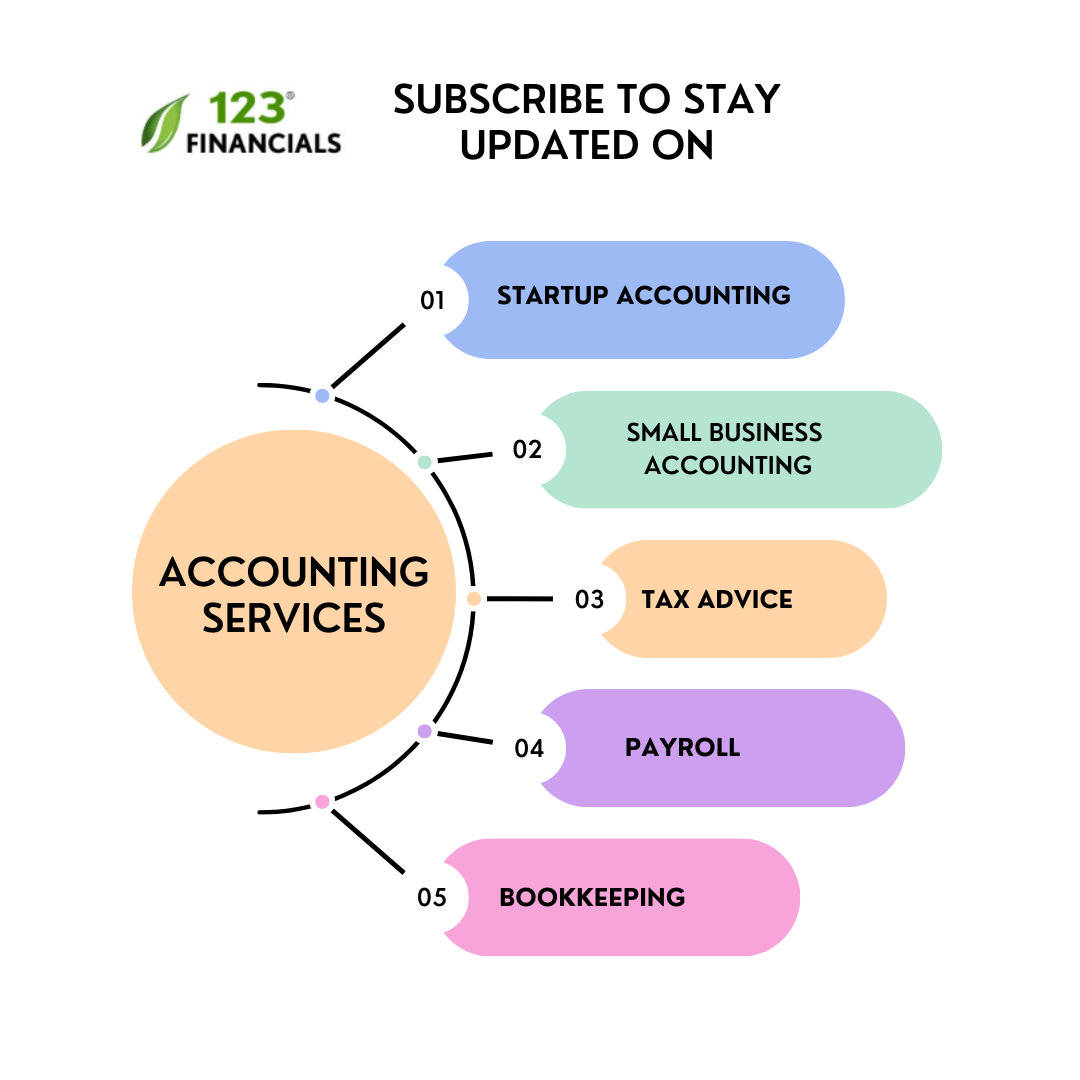Building a brand from ground level is difficult; several questions inevitably arise in your thoughts that need answers. Where will you get these answers? Maybe an advisor or from internet sources.
Starting a business includes numerous steps, from getting an innovative idea to registering a company with HMRC, selecting a business structure, gathering funds, business planning and much more. You can get information on building your startup, but very few of them will focus on branding.
Developing your brand reputation comes among the top priorities of a startup. Good branding is the focal point of any successful business. In this post, we’ll discuss how to build a startup brand.
Table of contents
● What is startup branding?
● Why do startups need branding?
● The step-by-step startup branding process
● Final thoughts!
What is startup branding?
Startup branding is a marketing strategy focusing on making the target audience identify your brand name and products or services and survive the race with competitors.
This strategy may include creating a business name from a logo and other design assets that belong uniquely to the organization and are easily identifiable.
Hire Startup Accountant
Work with a London-based accountant for tax, accounting, payroll, & EIS/ SEIS needs.
Why do startups need branding?
Speaking about branding, one famous quote from Jeff Bezos, the CEO of Amazon, comes to our mind: “Your Brand is what other people say about you when you’re not in the room”. This quote defines how important it is to build a brand reputation in the market while others with the same products and services compete.
Startups tend to overlook unique branding thoughts to cut costs and time and copy their competitors’ style or internet trends. In the long run, such strategies will harm your business, especially without a solid brand identification.
Almost 95% of customers will drive into your business with proper branding and feedback on customers’ satisfaction with your business. Branding helps startups connect with these target customers and transmit their missions and objectives to win leads.
A few benefits of startup branding are:
● It creates a brand recognition
● It forms an emotional bond with the customer, gaining loyalty
● It makes customers pay for premium packages to stay associated with the brand.
● It makes launching new products in the market easy.
The step-by-step startup branding process
1. Research on the market
When you research the market, you find what your competitors are offering. It helps to understand the highlights of your company and point out what your competitors are missing. Remember what special features you can show to make you stand out from the crowd.
2. Identify your target audience
Before you build your startup branding strategy, research your target audience, the ones whom you are targeting to sell a product or service. Your business may not be for everyone, so don’t try to make it appealing to every person in the world.
3. Define your brand
There is always a reason for starting a business; make it a part of your brand story and is worth sharing with audiences. A well-defined branding process includes the vital elements of a company, including what you offer, your USPs, target customers and competitors. If you communicate clearly, your customers will identify you quickly, and their purchase decisions will be faster.
4. Find out the ‘why’ in your business.
Every business understands what they do, what products they sell and what services they offer. But very few are aware of why they do what they do. If money isn’t coming in, what will drive your business? Finding this answer will establish yourself as a unique business among competitors.
5. Choose a business name
You get less than 10 seconds to impress customers with a unique name; get one to stay on people’s minds. Your business name must be easy, relevant, memorable to customers, and clearly convey your brand’s message.
7. Design your brand look
You can influence a customer by inadvertently sending out the right messages and communicating brand values clearly with the right people. As humans, we believe in what we see and hear, and you need to focus on ways to communicate with them. The best way is a visual language.
Choose the right colours to convey your feelings and the right fonts to keep the look simple and sober for the eyes. Remember to make the look consistent across every branding channel you use.
8. Create a unique logo
A brand logo is often the face of a business. It must be unique, identifiable, simple, timeless, versatile and should incorporate your brand voice.
Consider the business logo of top companies or your competitors and understand how to create one for yours. What can you consider in a logo design? A picture or just a text, coloured or monochrome, is shaped or free-floating, and others.
9. Maintain brand consistency
The visual impacts for my name and logo and other brand considerations must remain consistent everywhere you encounter a customer. It builds faith in your business and helps your customer identify who you are and what you sell.
Stay consistent across your website, social media channels, printed materials, packaging, physical premises and others. What’s more, you need to be consistent about dress code, company behaviour, customer service and pricing strategy.
10. Protect your brand
Branding can experience several comparative edges. Therefore register your business brand on the UK Government website as a trademark to stop others from using it. Registering as a limited company gives you more protection than sole traders.
11. Evolve your branding while the business grows
You cannot stop by creating a business logo or a slogan or launching a brand awareness campaign. When running a business, you must ensure your brand exists, remains consistent, and interacts with customers.
Hire Startup Accountant
Work with a London-based accountant for tax, accounting, payroll, & EIS/ SEIS needs.
Final thoughts!
While you are focusing on building a startup brand, you cannot overlook the financials and other core activities of your business. If branding seems complicated, seek expert advice or outsource to freelancers or firms.
You need experts everywhere, from website designing and creating logos to finding marketing channels and maintaining financials. Sit back and think about what you are best at and where professionals need to get your work done.




















